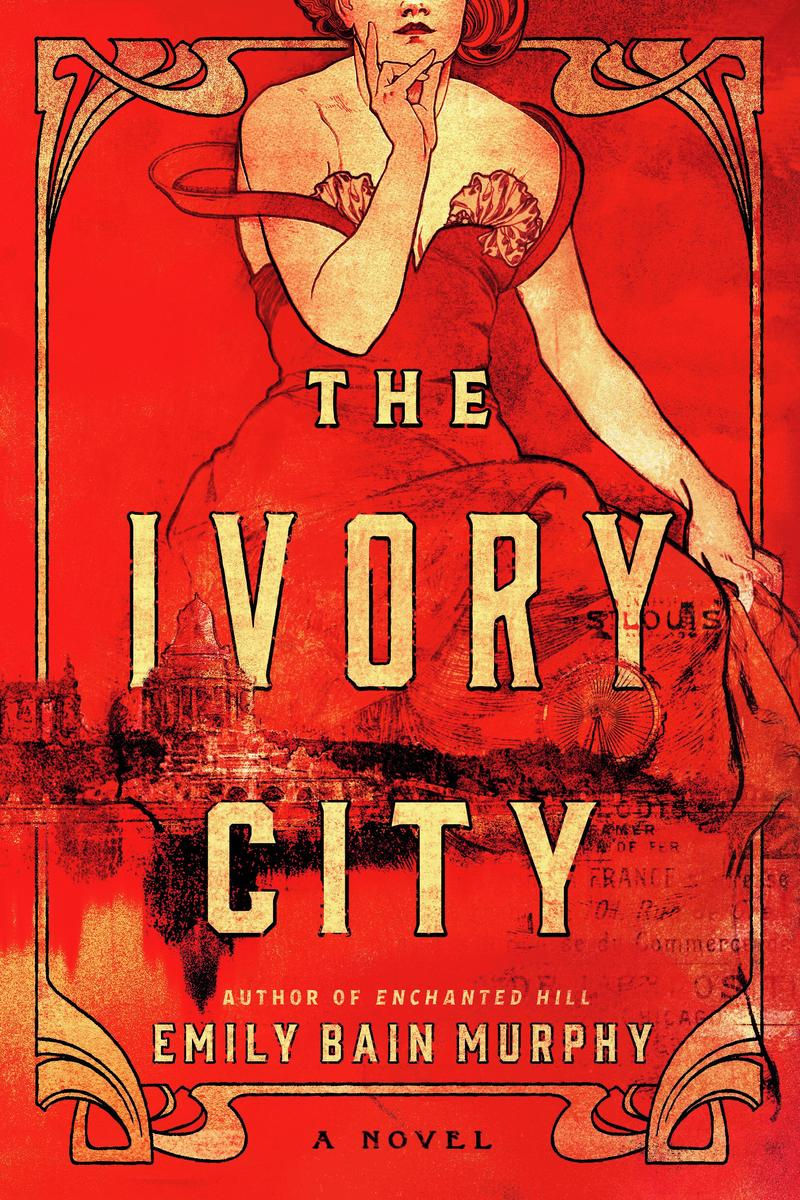"Blood Memory" | Reviewed by Bill Schwab
- cstucky2

- Jan 4, 2024
- 3 min read
“Blood Memory” is the story of how the interrelationship between 600 generations of Indigenous peoples and an estimated 15 million majestic buffalo that roamed the grasslands of North America was disrupted and destroyed when white settlers began to advance across the United States and drove these massive animals to near extinction within only 5-6 generations.
The connection between Native American tribes and the buffalo is so close that the story of one cannot be told without telling the story of the other. Duncan interprets the story as “an ecological tragedy that coincides with a cultural tragedy. ” By 1900 the vast buffalo population had been reduced to fewer than 1000 “in a decades-long frenzy of slaughter.”
The American buffalo, ironically now the “official mammal of the United States,” is the largest land animal in the Western Hemisphere. It weighs more than a ton and is about 6-feet-tall. These revered, shaggy beasts were an integral part of Native American life. When an animal was killed, every part of it was used for some aspect of Indian life—food, clothing, or shelter.
Dan Flores, a recently retired professor of western history at the University of Montana, told Duncan, “There is no story anywhere in world history that involves a destruction of wild animals as happened in North America, in the western United States in particular, between 1800 and 1890.” By killing the buffalo, the Indians’ way of life was imperiled and resulted in mass starvation.
Simultaneously, Native Americans were forced to relocate. Tribes were confined to reservations and told to settle down, give up their nomadic way of life, and become farmers. Countless numbers of Indians who delayed or resisted were killed by the US military to enforce manifest destiny.
Greed also was a factor in the extermination of the buffalo and the relocation of the Native peoples. Hundreds of unskilled workers armed with special guns were sent to the Midwest by industrialists "in the space of only a decade” to slaughter buffalo by the millions so their hides could be made into cheap leather belts to supply factory assembly lines.
“Blood Memory” describes the avarice, racism, cruelty, and a singular view of life that led to the near extinction of the buffalo and the cruelty that was meted out to the Indigenous people. It depicts politicians such as Theodore Roosevelt who maintained that killing the buffalo was a way of “solving the Indian question” and was necessary for “the advance of white civilization in the West.”
By studying diaries, searching for early photographs, and interviewing many history scholars, Duncan and Burns have unmuted a hushed American story. The narrative and its accompanying hundreds of illustrations detail the horrifying methods used to kill the buffalo. Gunmen traveled by railroad to recklessly shoot and kill buffalo as the trains slowly moved across the plains. The enormous animals were sometimes driven off cliffs, decapitated for mounting as trophies, and their carcasses left to rot.
The hopeful news is that the InterTribal Buffalo Council has since 1991 relocated buffalo herds from Yellowstone National Park to land controlled by 80 tribes. Today, about 30,000 of these majestic animals graze on more than one million acres of US land. The National Bison Range is now under native management.
“Blood Memory” is the print complement to the PBS broadcast series, The American Buffalo produced by Dayton Duncan and documentarian Ken Burns. The 2-part, 4-hour presentation is reminiscent of Burns’ previous docuseries and includes an avalanche of facts, quotes, historical analyses, and photographs. Reading the book provides an opportunity to stop, reflect, and integrate the many history lessons the subject imparts. Both media give an excellent explanation of the blood memory that marks the interrelationship between the buffalo and Indigenous peoples in North America.
About the Authors: Dayton Duncan is the author of 13 other books including “Out West: An American Journey Along the Lewis and Clark Trail.” He has worked with Ken Burns as a writer and producer of documentary films for more than thirty years and has won two Emmy Awards.
Ken Burns is the producer and director of numerous historical documentary film series including The Vietnam War and The Roosevelts. His landmark film The Civil War was the highest-rated series in the history of American public television. His work has won multiple Emmy and Peabody Awards.

.png)





Comments